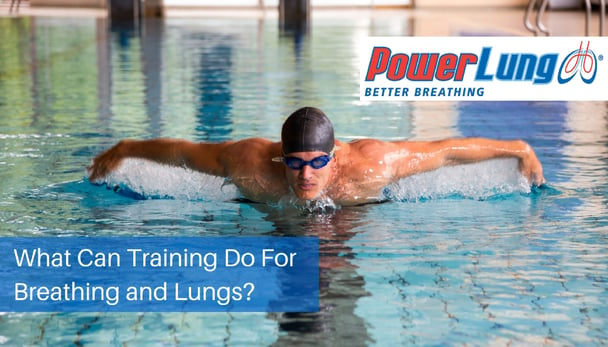
Athletes spend countless hours training for their individual spot, focusing on the dynamics, specific muscle groups, and the science behind the movement involved. However, do they consider training their lungs?
Studies have shown positive effects of respiratory muscle training (RMT) on athletes’ breathing ability and overall performance. Understanding the science behind the respiratory system can help explain why respiratory muscle training is so valuable to athletic performance potential.
Mechanics of Breathing
When breathing, your respiratory muscles (the intercostals and diaphragm) are the key players. They contract to expand the chest when inhaling, forcing the diaphragm down and to flatten, while the intercostals move the rib cage out. The internal air pressure is decreased, so outside air rushes in to fill the space and equalize the pressure. When exhaling, the respiratory muscles relax, increasing the pressure and cause air to be forced from the lungs.
Testing for Respiratory Strength
To determine respiratory muscle strength, the following must be measured in watts:
- Maximal inspiratory pressure (MIP)
- Maximal expiratory pressure (MEP)
The MIP describes the strength of the inhalation ability, while the MEP reflects the strength of exhalation ability. Measuring the MIP and MEP determines the ability of respiratory muscles, and is valuable when determining if a training device or program has made a difference in an athlete’s ability.
So What?
You know how it is measured, but you may want to know if it really helps. The short answer is, strengthening your lungs will simply make them stronger, more efficient, and require less oxygen. This allows for more oxygen to be available to other muscles. Further, by working the respiratory muscles, they become stronger, supporting your core. All muscles require resistance to be trained efficiently, so a respiratory muscle training device needs to incorporate resistance to provide a marked improvement. A recent study performed at the University of Toronto Respiratory Research Group was designed to determine the value of PowerLung, a respiratory muscle training device, to elite athletes. Download this study to see how much improvement was realized by high performance swimmers in this 12-week study.
In Conclusion
In the midst of training for an event or sport, don’t forget your lungs and respiratory muscles. Not only can you improve your maximal inspiratory and expiratory pressure, but you can strengthen the diaphragm and intercostals, increasing your core strength. Training your respiratory muscles doesn’t require a lot of time or large amount of equipment, and can be combined easily to your current training regimen. See how Power Lung can work for you!

